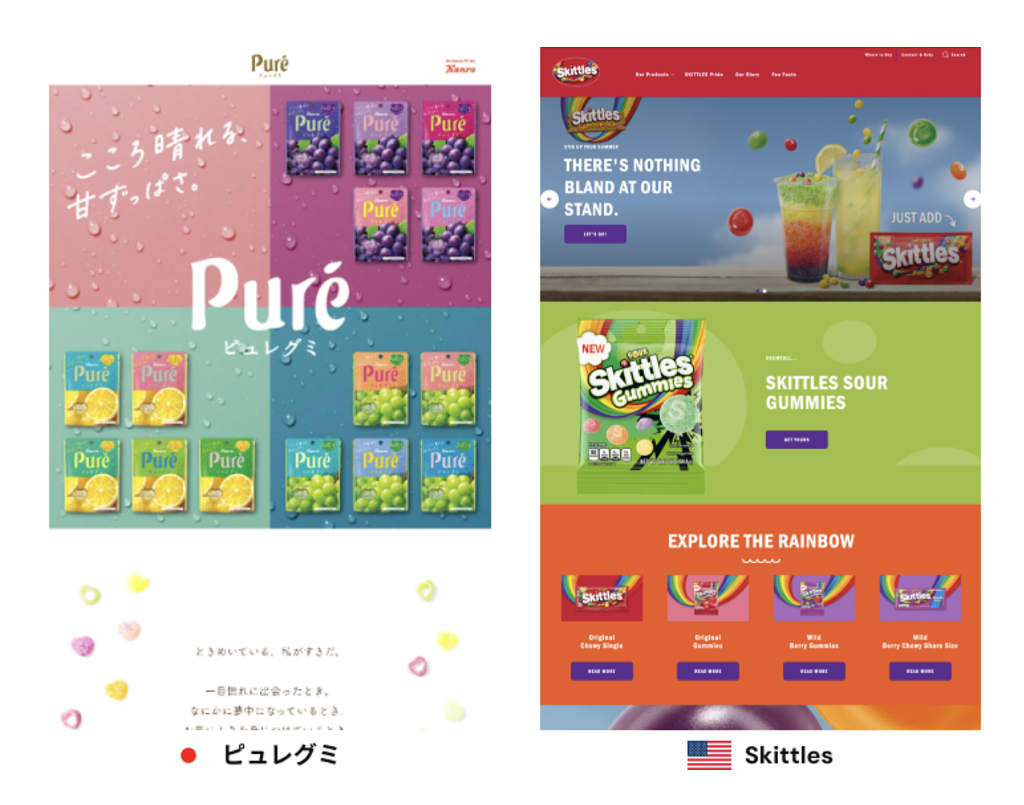Why Web Design Localization is so Important in Japan?
You might already know what localization is, but have you ever wondered why it’s so important?
Take a look at this Uniqlo ad flyer distributed in Japan.

If you’re more familiar with design trends in the West, you might think this is a poor design choice with too much text and pictures all cramped together.
However, in Japan, people generally prefer busy and information-packed ads like this, finding clean and sleek Western ads lacking and even boring.
In this article, we’ll explore a few of the reasons why design localization is important and necessary, with a specific focus on web design.
Heavy Text Equals More Trust
Japanese web design stands out for its distinctive characteristics. They often feature an abundance of information and a text-heavy layout, an outdated design trend in the West.
This preference is rooted in the unique traits of Japanese consumers, including their skepticism, insistence on verification, and high standards for quality.
In a market where trust is hard-won, Japanese websites go to great lengths to provide data, testimonials, and statistics.
Even a single unfavorable experience can drive customers elsewhere, emphasizing the importance of delivering comprehensive information.
Balancing design and information remains an ongoing challenge, but success stories like Shopify’s Japanese website serve as an example of effective localization.
To excel in this arena, it’s crucial to grasp the intricacies of customer preferences.
Compare the official Japanese Shopify website and the American one.
Incorporating Characters in Design
In Japanese web design, cute characters and 2D illustrations are frequently used to create a friendly and welcoming atmosphere and enhance a brand’s uniqueness.
Incorporating these elements into websites evokes user empathy and familiarity with the brand. Japan’s strong pop culture rooted in anime and manga plays a significant role in consumers reacting positively to this effort.
Characters and illustrations are also effective at conveying emotions, allowing messages and emotions to be easily communicated through expressions and poses.
Click here to learn more about using characters in Japanese marketing
Colors Inspired by Traditional Aesthetics
Japanese web design often favors soft and muted colors, especially in the food and beverage field.
These color choices are influenced by Japanese culture and environment.

When comparing the websites of popular candy products in Japan and the USA, it’s evident how the color palette differs significantly despite targeting similar audiences and offering similar products.
Inspired by Japan’s nature and changing seasons, Japanese consumers prefer traditional aesthetics with gentle colors. Soft colors and light grays convey a clean impression and a harmonious atmosphere.
Conclusion
Japanese web design’s distinct features, rooted in local values and consumer behavior, stand alone from other countries. Translating language alone isn’t enough when it comes to venturing your brand to Japan. To succeed, understand your target country’s design traits and adapt your website accordingly.
Curious to find out how you could improve your website to better market your brand in Japan?



Excelⅼent article. I am going through many of these issues as well..